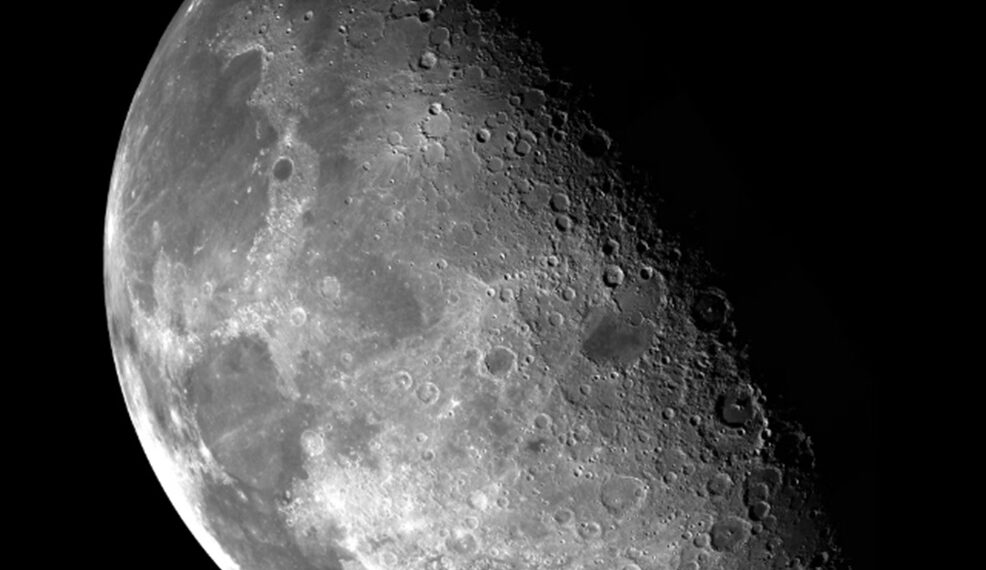In a groundbreaking discovery, researchers at the US Naval Research Laboratory (NRL) have identified hydrogen in moon rocks collected during the Apollo missions.
The revelation points to the potential use of lunar water for life support and rocket fuel, ushering in new possibilities for future astronauts.
The lunar soil sample 79221, provided by NASA for study, unveiled the presence of hydrogen, believed to have originated from continuous exposure to solar wind and comet impacts on the moon.
NRL geologist Katherine Burgess, the lead author of the study, highlighted the significance of this finding for upcoming lunar installations, stating that “hydrogen has the potential to be a resource that can be used directly on the lunar surface”, reports in the press said.
This discovery holds particular promise for reducing the costs of lunar exploration.
NASA estimates that launching a bottle of water to the moon would incur substantial expenses.
Instead, utilising lunar ice in situ could serve as a water source for astronauts.
Furthermore, the breakdown of ice into its components, hydrogen and oxygen, presents an opportunity for generating rocket fuel, facilitating journeys between the moon and Earth, and potentially even missions to Mars.
Recent data from the now-retired SOFIA infrared telescope suggested that lunar water may exist in the form of ice scattered across the moon’s surface, challenging the previous belief that it was confined to permanently shadowed regions near the lunar poles.
Notably, the lunar rocks analysed were collected near the moon’s equator, diverging from the focus on the lunar poles for future installations.
The implications of these findings extend beyond the poles, impacting the stability and persistence of molecular hydrogen in various lunar regions.
India’s Chandrayaan-3 moon mission, particularly its exploration near the lunar south pole, has added another layer to lunar revelations.
The presence of sulphur on the moon’s surface, potentially in higher concentrations than previously thought, opens avenues for developing storage batteries and other infrastructure essential for sustained lunar presence.
The research, detailed in a paper published on November 15 in the journal Communications Earth & Environment, marks a significant leap forward in our understanding of lunar resources.















